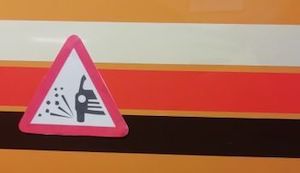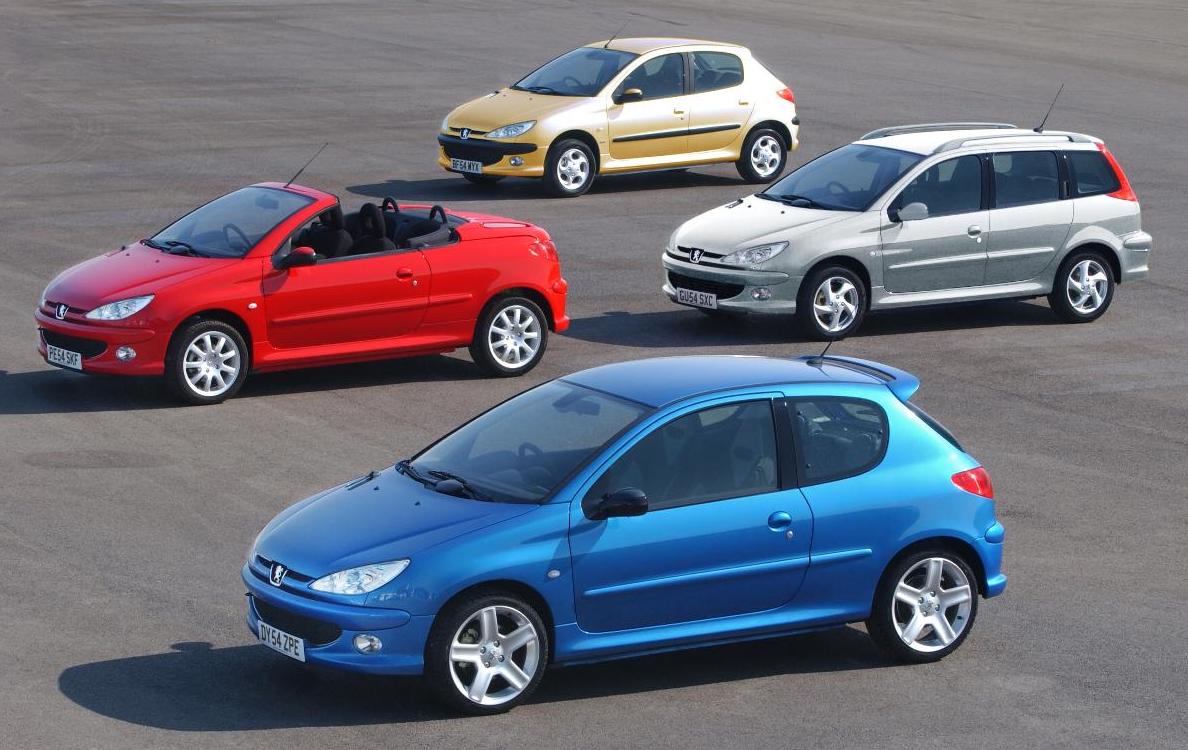Want to feel old? The Peugeot 206 is 25 years old. That’s quite some time ago. I remember the launch at the NEC. I also remember when l could spend all day walking around the NEC. Now it’s about finding somewhere comfy to park ones backside. The 206 still is a car I’ve always liked. Never owned one but I’ve always liked them.
It took Peugeot quite sometime in car years to come up with this. In someways it almost feels like an accident. At the end of its time as the saviour of the French firm, the 205 went from hero to zero and relegated to poverty specs in Europe. It was discontinued in the UK in 1996.
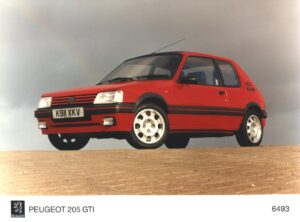
For a while the 205 was partially replaced by the 106. Above it was the 306. Both the 106 and 306 were sensational in their own ways, especially in higher specs or sporting models. They both had the virtues of the 205 in their platform DNA and being the ‘6’ generation, the 205 became old over night.

Then came along the 206. It was quite the departure in terms of design language especially from the front. The infamous eyes of Sophia Loren were further stretched and tightened to resemble a more Joan Rivers look. Peugeot were quick to point out the rear side windows being remarkably similar to that of the 205. The 205 such a well received model, Peugeot obviously didn’t want to alienate the buying masses.
The licence plate moved below the big lion smile-like grill. I know that sounds like utter dross but compared to the 106 and 306, it was a new look. And a look that stopped there. When the 306 was replaced with the absolutely awful 307, it had no a single passing resemblance to Peugeot’s new corporate look. This in itself made the 307 look old before its time. It would eventually become the norm for the ‘7’ series of cars to gain the snappy smile. In all honesty, it didn’t work. Peugeot where quite hot with the “look” From the early days of the 504. Peugeot developed a look. Again, however, it all went a bit wrong with the 604. Still not sure what that was all about.
So, the 206, and what a car it was. In many ways, it failed to live up to the hype. The dashboard resembled an over-grained look reminiscent of cheap faux leather. And you can’t get any cheaper than faux leather. Its build quality, while miles ahead of past Peugeot cars, wasn’t upto the standards of the equally new Ford Focus.
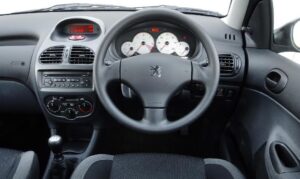
It featured a central rear fog lamp that stayed with all the updates. And from the early days, there was the 2-heart-6. A car to rival the Mercedes SLK in having a retractable hardtop. The buzz of the late 90’s. And the vision of dreams for anyone who had power over the roof button. This 2-heart-6 concept car would eventually join the range that had grown from base 1.1 to a poor attempt at a GTi. It would struggle in every sense to live up to the staggering wow factor of the 205 GTi. It would also be out-shadowed by the 306 GTi too.
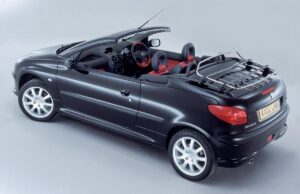
The other 206’s in the range were well received. Here we had a French car that the British could build and be export back to the French. As a British Francophile, it filled me with deep joy like finding out you haven’t contracted that STD from that piece of trade the night before. The British get a bad rap for building cars.

And it wasn’t all that bad to drive when new or with 50,000 miles on the clock. Admittedly, there were some rattles that developed along the way but it was always an entertaining car just as long as you didn’t go for the budget 1.1, the 1.4 and 1.6 were far more entertaining. And that it was. For what it lacked in on-the-limit-handling of the 205, it more than made up for being a safe car to enjoy yourself in around the twisty country lanes. And if that went wrong, it did at least have an airbag to help prevent you from being with the angles unlike the 106 and 205. This was a 4 start Euro NCAP awarded car after all.
The 206 would battle on the rally tracks to great success. Marcus Grönholm liveried Tamiya models being being bought and built by the masses gave joy to many model builders. I have t confess to building quite a few 20 years ago. Such was the model for being really nice to build.

Not only were model cabinets being filled but so too was the trophy cabinet at Sochaux-Montbeliard. After the fall of the Group-B rally weapons, Peugeot had finally found a worthy sucessor. Peugeot tried to recapture this for the road with a big-lipped bumper 206 GTi. To be fair to Peugeot, it was like it was like eating yellow snow. Something you shouldn’t do. It didn’t exactly endow the 206 with any redeeming feature. And the model itself was quite tame. This great rally success would eventually come to an end with the arrival of the 307CC rally car. Another reason for my utter bitter disgust at that car.
Today, 25 years later, the 206 languishes in an unloved area of 90’s car culture. And this is a shame. In my time in the motor trade, we were hardly ever presented with a really bad 206. It was made to last and with routine maintenance, it could go on for a long time.
Its time will come and l feel the warm hatches will be where the money is at. If you can find one, grab a GTi 180 and cherish it It’ll never have the cache of the 205 but it’ll be the one that gets the public talking to you at car shows. Unless you don’t like talking to people, In which case, can l suggest a diesel. Or get people to talk to you and buy one of the last in its 206+ and 207 Compact models, available until 2013. Or buy one of the many random cars built outside of Europe.
Peugeot had a way of making a few of its cars that could still sell well passed their sell-by date. The 206 was one of those, and as such, is probably still being made to this day. Even Peugeot aren’t sure if the car has been discontinued from worldwide production.
